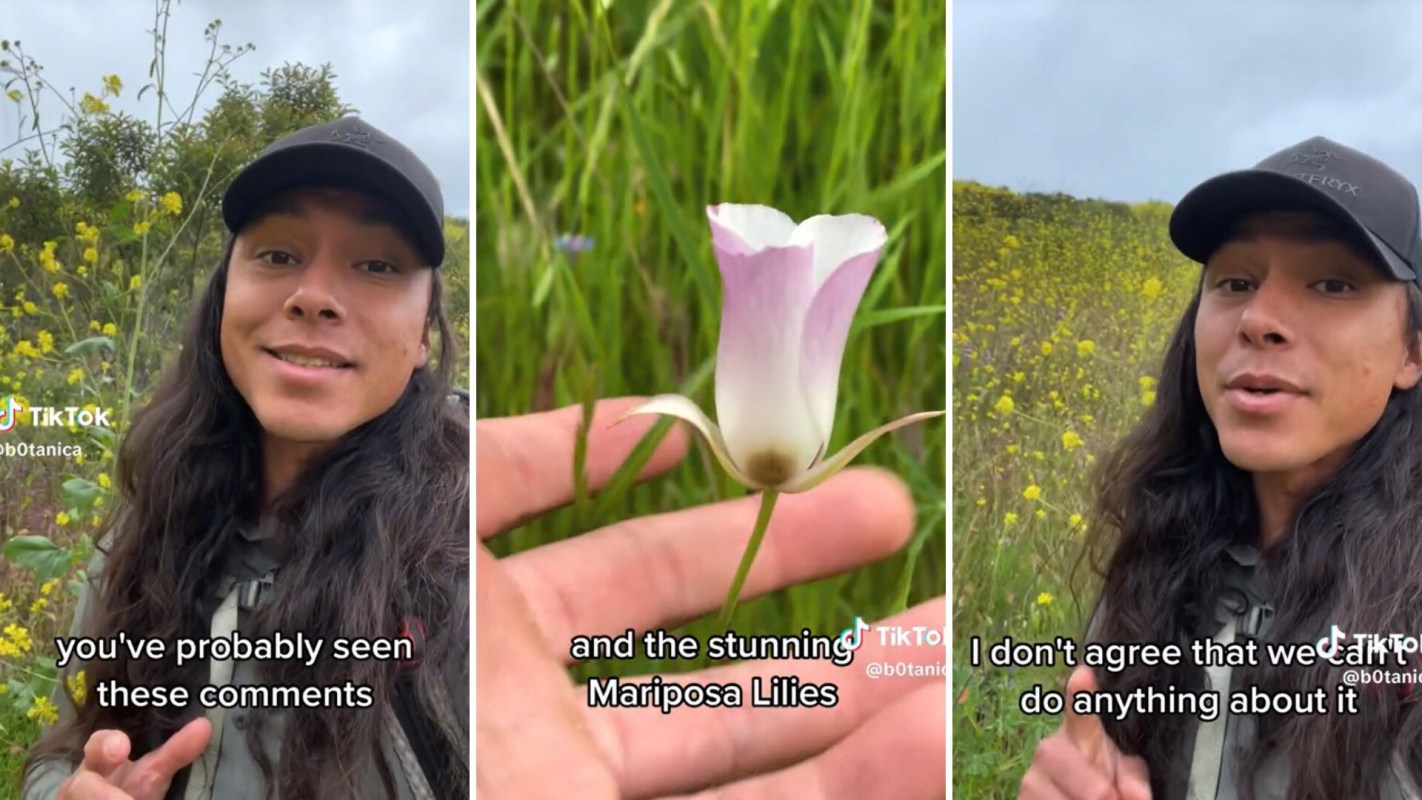If we want to protect the native plants and animals in our communities, we must be on high alert for invasive species disturbing our local ecosystems.
One TikTok user, Stephen Camp (@b0tanica), recently posted a video breaking down the problems of invasive plants like wild mustard and why we should help stop their attacks.
@b0tanica This is why invasive plants are an issue. #nativeplants #plantsoftiktok #superbloom #wilfflowers #invasivespecies #botany #fyp ♬ original sound - Stephen Camp
What is an invasive species?
While some critters are threatened by human activity, others get an unexpected boost, as National Geographic explained. For example, humans bring domesticated animals like livestock and pets all over the globe, plant seeds in gardens thousands of miles from where they originally grew, and unknowingly carry seeds and larvae on clothing and vehicles.
According to National Geographic, when one of these species reaches an area with welcoming conditions, it may start to thrive.
In its native environment, that species was in balance with predators and competitors that evolved alongside it. But, it might have no predators or competitors in the new environment and may have advantages over the native species.
For example, a plant might be taller and faster-growing than its neighbors, thus being able to capture more sunlight. When this happens, the new species can multiply out of control and become invasive.
Why are invasive species a problem?
As invasive species thrive, they can damage the existing ecosystem. They may eat native species with no natural defenses against them, use up resources so other species don't get enough, or even change the landscape, taking away food and shelter from other species.
Camp's video about the issue features wild mustard, a tall, sparse plant with clusters of small yellow flowers.
"This beautiful spring super bloom is actually really sad," he says, panning over a field of wild mustard taller than he is. "As you can see, wild mustard outcompetes our native plants by being bigger, faster, and having no native predators."
He explains that several species, including purple lupines, California poppies, and mariposa lilies, may struggle to compete with this invasive plant.
"And it's not just bad for the lupines," he adds. "It's bad for every animal species that relies on these plants for food, shelter, and reproduction."
So, the invaders hurt not only native animals and plants but humans, too. Many people, like farmers and fishers, rely on a healthy environment for their livelihoods. Some people may rely on native species in wild areas as food sources.
Certain invasive species can also prevent human travel and damage property, like water hyacinth that blocks boats and zebra mussels that grow in water pipes.
What can we do about invasive species?
Local governments and environmental organizations educate residents about their areas' most problematic invasive species. People can remove invasive plants or hunt invasive animals and insects — some of which make tasty snacks.
"Thanks for the reminder to find some garlic mustard pulls to participate in this spring," a fellow TikToker commented.
"Eat your invasives!" wrote another.
Join our free newsletter for cool news and cool tips that make it easy to help yourself while helping the planet.









